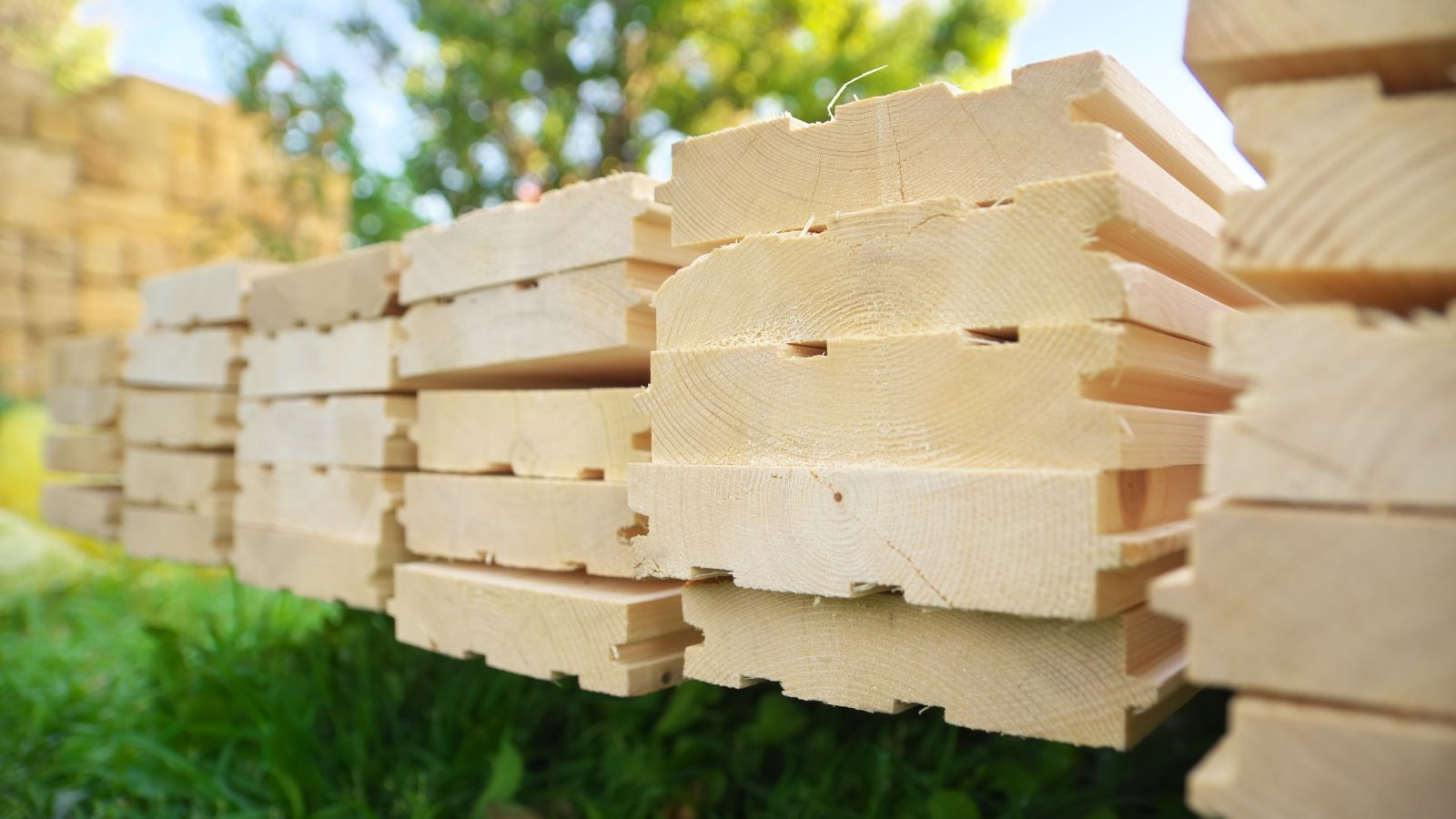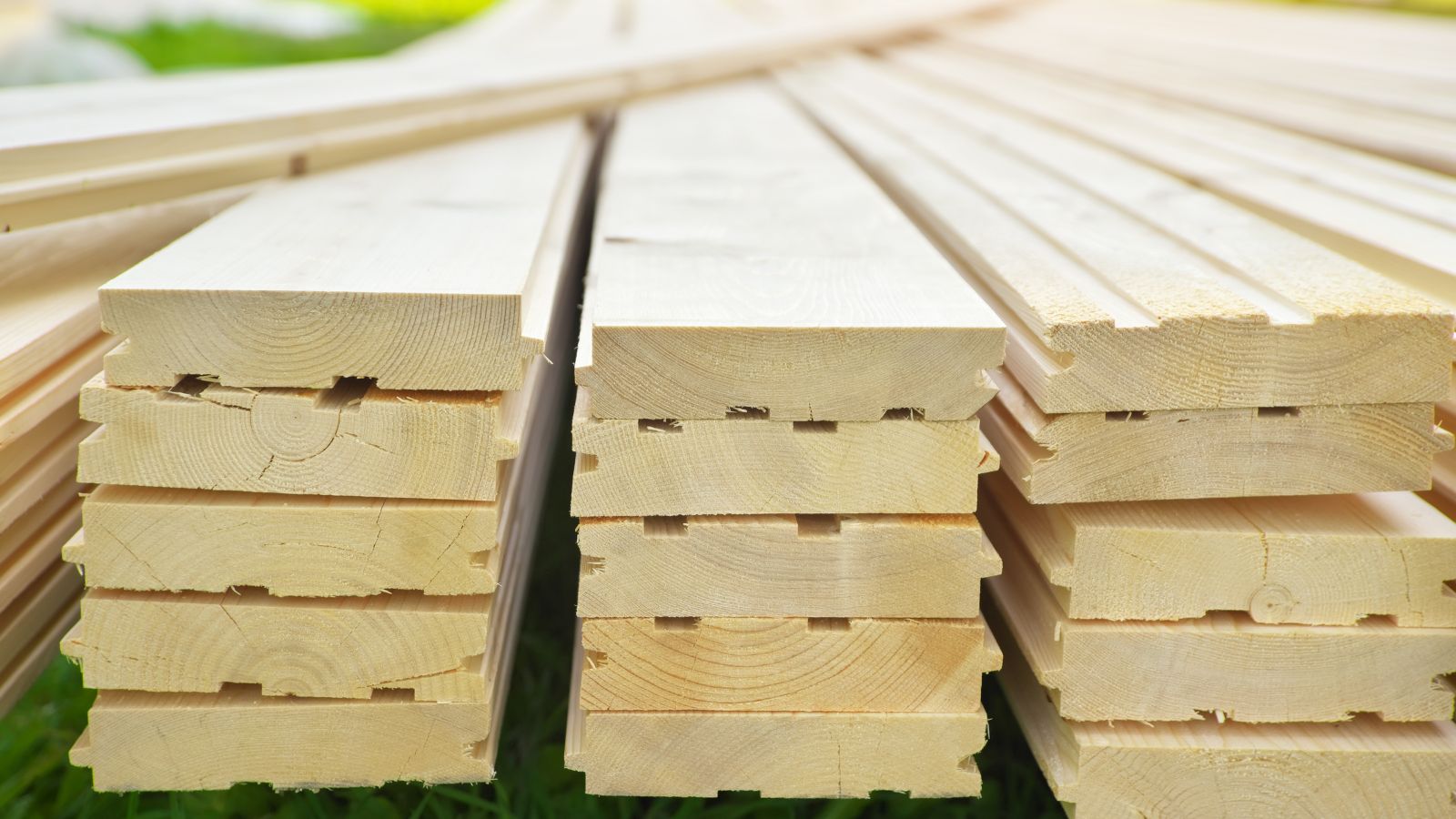The aggregate consists of coarse particles ranging in size from 0.1 millimetres to 50 millimetres. This aggregate includes gravel, rocks, sand, recycled concrete, slag, and synthetic aggregates.
The aggregates are granular materials that are combined with a hydraulic cementing medium for concrete or mortar, such as sand, gravel, crushed stone, or crushed hydraulic concrete. Coarse aggregates and fine aggregates are examples of aggregates. Aggregates of each of these types are further divided into different types and classified according to their size. Various applications of sieve analysis include grading aggregates for concrete and other applications.
The term unbound material refers to aggregates not mixed with cement or binding materials, or when they are used without cement or binding materials.
The particles act as a support for a whole structure, particularly in conjunction with other materials. The gravel and sand in cement combine to offer the right amount of support during hardening. Similarly, asphalt materials serve the same purpose.
Several applications use aggregates. Paving certain types of roads with gravel, for example, and supporting railroad tracks with gravel are other uses of gravel. Crops are grown with sand used in agriculture, and seashores are replenished with sand after they have been eroded by waves. In addition to crushed stones, road construction involves crushed gravel.
Recyclable aggregates are available in most types. The problem is usually solved after demolished buildings or after concrete blocks have been broken down. Roads can be built from these or used for construction in other ways. Depending on the type of facility, housing, buildings, or industrial sites could be involved.
Infrastructure projects tend to be marketed by most companies. Highways, runways, walkways, and parking lots use a lot of aggregate for their base materials. Besides combining with other raw materials to construct structures, they can also be used as individual raw materials.
Sheds
Sheds are structures with four walls and a roof, usually located outside of a house. The purpose and type of sheds can be varied, and sheds can be customized according to the requirements.
You can find them in a wide range of sizes. Sheds are essential for storage as well as work, whether you are gardening or using them for industrial purposes.
Besides being made of different materials and having different sizes, sheds can also be made of a variety of materials. The size of the shed is determined by its requirements, ranging from small structures which use typical metal frameworks to large wooden structures.
In gardens and backyards, the smaller sheds are common, while the larger sheds are typically located around farmhouses.
Sheds for homes
In a shed, you can store tools and chemicals that are essential for gardening, as well as equipment and chemicals that are otherwise not allowed inside your house. Depending on your needs, they can be horizontal, vertical, or corner sheds. Depending on the roof configuration, they could be the apex, pent or reverse apex roofed.
It is not difficult to build one by yourself within a few days if you choose the DIY route. As a rule, if you want to build a shed on your own, you need to be knowledgeable about using woodworking tools.
For domestic purposes, larger sheds can be used also, though they are more expensive. The larger sheds of this type are not only equipped to store more goods, but they also have enough space for a workstation.
Their enhanced ventilation allows them to be used for a variety of purposes other than traditional gardening or tool work. Sometimes, such sheds can also be converted into a cosy outdoor office or used for other hobbies. Indoor gardening can also be made possible with modifications.
It depends on its use as to which materials are most common to construct the shed’s frame, but it’s usually wood or metal. Depending on the shed, vinyl walls might also be used.
The common building material for sheds is metal. These materials are often used for roofs, frames, and galvanized sheets. However, they are more prone to rusting and are also less durable than wood sheds on a long-term basis.
Another popular type of shed is plastic and PVC sheds, which are inexpensive. The metal ones are harder to maintain.
Despite being quite durable, wooden sheds are quite expensive, especially when compared to other materials. Furthermore, wood sheds require more maintenance than vinyl or plastic, but they are significantly more durable. It is advisable to do thorough research before purchasing wooden sheds.




